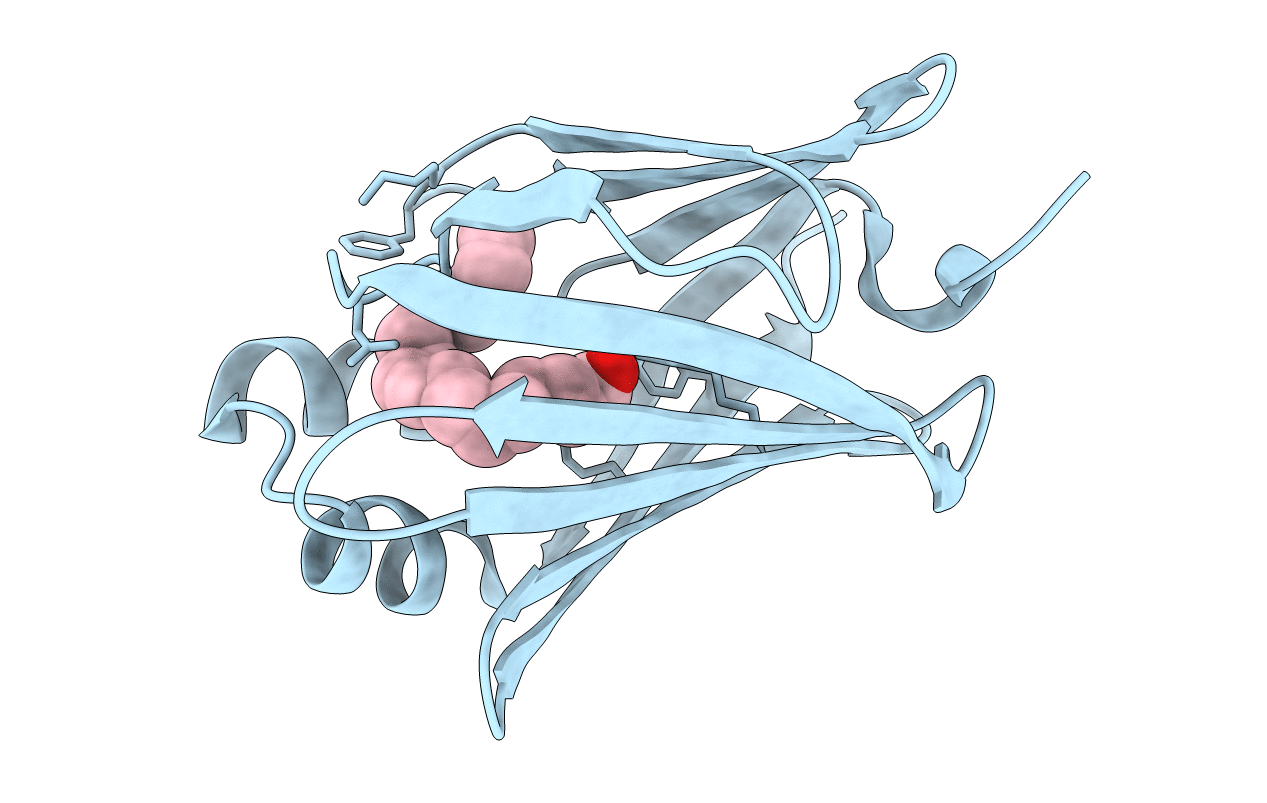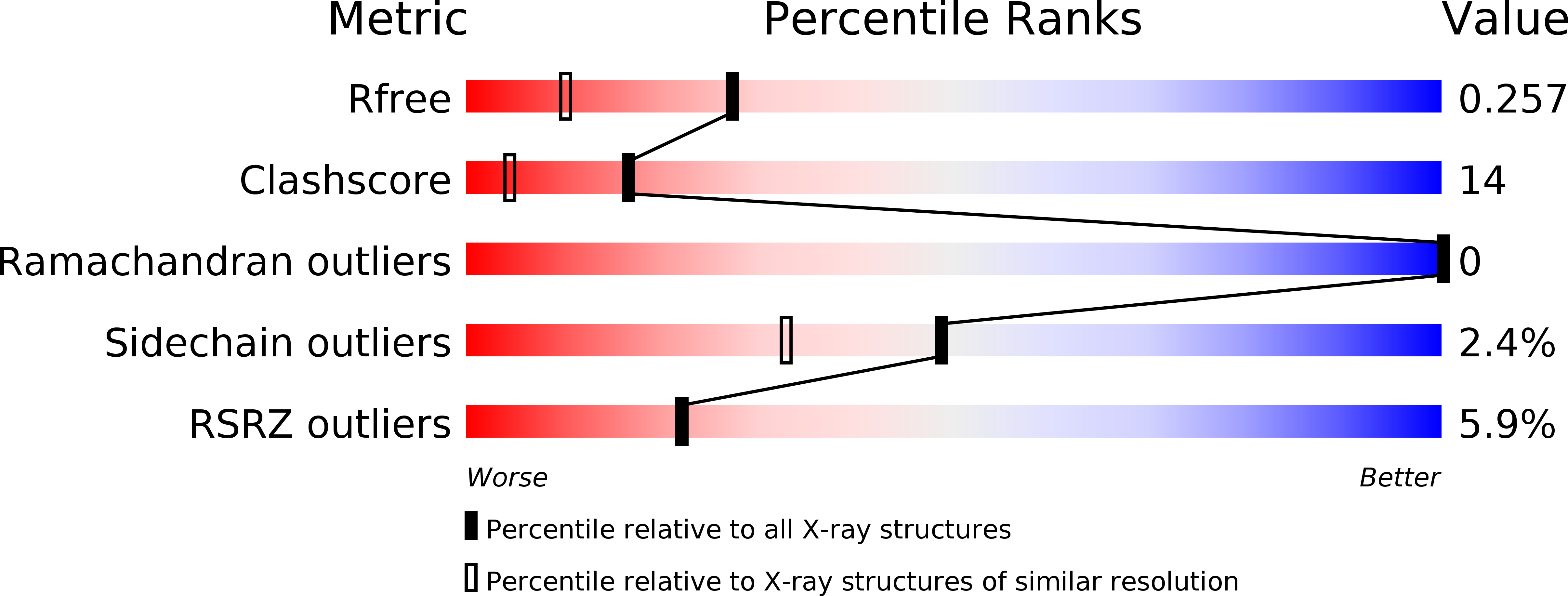
Deposition Date
2004-04-29
Release Date
2004-09-23
Last Version Date
2023-12-13
Entry Detail
PDB ID:
1VYF
Keywords:
Title:
schistosoma mansoni fatty acid binding protein in complex with oleic acid
Biological Source:
Source Organism:
SCHISTOSOMA MANSONI (Taxon ID: 6183)
Host Organism:
Method Details:
Experimental Method:
Resolution:
1.85 Å
R-Value Free:
0.24
R-Value Work:
0.19
R-Value Observed:
0.20
Space Group:
P 21 21 2


